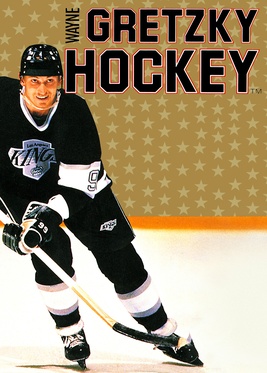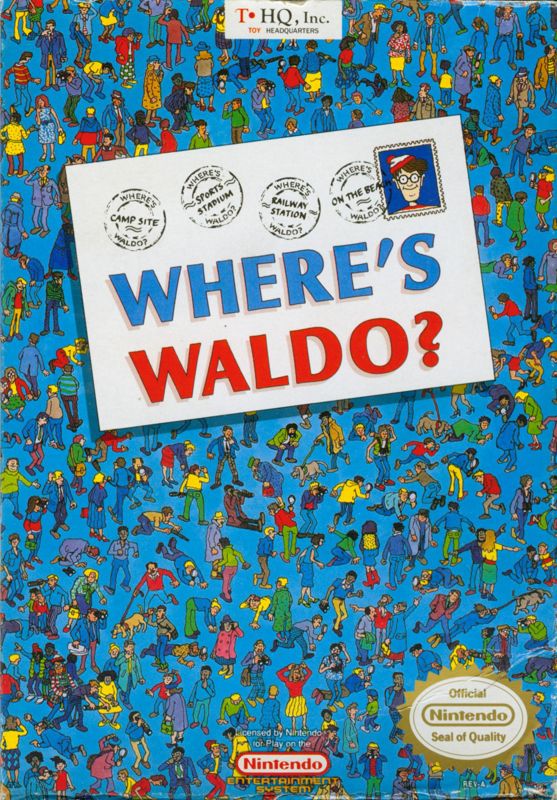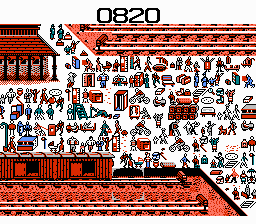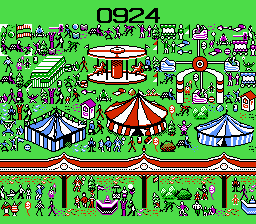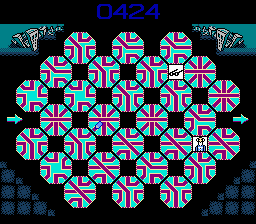Developer: Equilibrium
Publisher: THQ
Release Date: January 1991. Dang, just missed Christmas
If nothing else, Fox’s Peter Pan and the Pirates is a good nostalgia bomb. It takes me back to the golden age of weekday cartoons. I was obsessed with cartoons as a kid, so I’m lucky I grew up in the days when regular broadcast tv would show cartoons both in the morning and afternoon on weekdays. Some of the best cartoons from the era were on during weekdays. We got classics like DuckTales, Tiny Toon Adventures, and Batman: The Animated Series. Most of the weekday cartoons had NES counterparts, but of course THQ wasn’t going to get one of the good ones. While most of the big licenses went to Capcom and Konami, THQ was left with one of the worst and least remembered of the early 90s weekday cartoons. I remember that my brother enjoyed the show while I didn’t like it at all. So there was always a bit of conflict of what we were going to watch in the afternoon. We had to alternate days, but if the bus dropped me off too late my parents would let him keep watching Peter Pan and I would get super upset. But I am going to play this game with an open mind even if it does bring up conflicts from the past. Besides, I love playing old video games based on obscure franchises. So, did THQ finally release a game that is at all playable?
(The whole show is Peter getting fooled by grownup tricks)
The answer to that is a relative yes. Before you get too excited, however, be warned that this is not going to break THQ into the good column. However, it is playable, and it feels like a real NES game that some effort was put into. The developers decided to keep it simple and made it a side scrolling action game. The gimmick is that you have to take out a certain number of pirates in every level before reaching the end. I’m so used to avoiding trouble in these old games that I had to remind myself to fight sometimes. There’s not much variety here. There are only a couple different types of pirates, and they either shoot at you or sword fight with you. Still, it’s nice when a game gives you a reason to actually experience the levels. Peter can fly in the game, but his flying power is limited, and restoring items don’t respawn if you die. They compensated by giving Peter a leaping jump that can clear just about any gap. This can still lead to trouble, however. If you die near the end of a level and have already collected all the items, it can be hard to make your way back. It’s not as bad as in Rocky and Bullwinkle, but it’s still annoying when your character’s defining trait is so limited. Of course, in the cartoon Peter’s defining trait was his obnoxious smugness which is almost 100% absent from the game. At least they got something right.
(One thing this game has in common with Citizen Kane is that they both feature pterodactyls)
(Rendered in beautiful Action 52 Green)
Well Fox’s Peter Pan and the Pirates almost broke the top 100. That’s a minor victory for a THQ game. Of course, the games in the upper half of the list are getting better and better so perhaps the news isn’t quite so bad. On the NES list it is #28 out of 41 which really is the buffer zone between the pretty good and straight up bad. I have one more famously bad THQ game left to review plus a handful of more obscure games, so perhaps I’ll get through this journey with my sanity intact. I just hope the quality percentage doesn’t suffer too much. Hey maybe I’ll go completely off the rails and review LJN games next. I might as well do all the bad game first, right?
NES Quality Percentage: 21/41 or 51.21%




